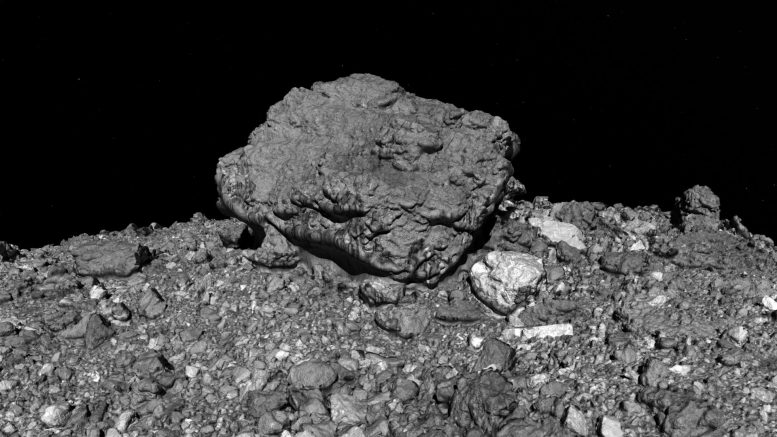

“Missions typically return only tiny amounts of material to Earth. “At present we don't fully understand what asteroids are made of,” co-author Mikael Granvik, of Luleå University of Technology, Sweden, and the University of Helsinki, Finland, says in a statement. It would be faster, cheaper and more efficient than our big budget missions, including the current OSIRIS-REx sample and return mission to the asteroid Bennu and Japan’s Hyabusa 2 mission to the asteroid Ryugu, which take millions of dollars and years of planning and zipping through space to accomplish. Any space rocks that get caught in Earth’s orbit are typically too small and moving too quickly for our current asteroid surveys to detect.īut if we could detect these bits of space debris when they enter our orbit, we could capture samples from the space rocks and bring them down to Earth to study, new research in the journal Frontiers in Astronomy and Space Science suggests. Examining those little space rocks, they believe, could be a big boost to astronomy.Īstronomers involved in the Catalina Sky Survey first discovered that Earth had a tiny second moon-a space rock less than 10 feet in diameter-in 2006, but only by serendipitous chance. Now, reports Amber Jorgenson at Discover, astronomers have called for a new project using the Large Synoptic Survey Telescope (LSST)-a device still under construction in Chile-to look for the mini-moons. Researchers believe that our planet is potentially orbited by lots of “mini-moons,” little asteroids gripped by Earth’s gravity that swing around the planet for a little while before burning up in our atmosphere or being flung back into the cosmos. Or at least theoretically it shouldn’t be.


 0 kommentar(er)
0 kommentar(er)
